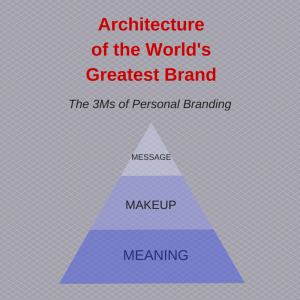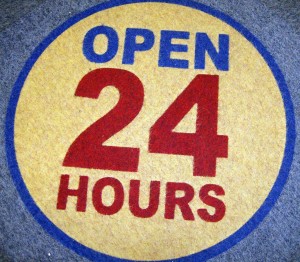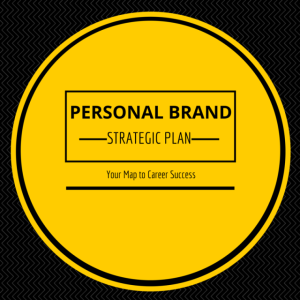How do you know when you have found the passion that drives your brand? You know that passion is fueling purpose when you are able to observe consistent behaviors and actions in your work as well as through interactions with others. For a personal brand, that consistency also plays out in terms of being the same person across different life contexts- home, school, work, social situations- you cannot nor need not turn your brand on and off depending on your environment. This state of consistency is authenticity, which has been described as a “moral inner voice” that develops from our experience. Authenticity is an admired characteristic in corporate brands and personal brands because when we encounter authentic brands we can be assured that what we see is what we get. An authentic brand does not hide its true character behind mission statements or slogans; actions follow beliefs.
What Does it Really Mean to be Authentic?
How do you develop that moral inner voice that aligns daily performance with principles? Some personal branding advocates mistakenly equate authenticity with “being ourselves.” That works as long as who you are is who you want to be! In contrast, marketing expert Seth Godin believes authenticity is based on doing what you promise, not “being who you are.” Marc Ecko, a pharmacy school dropout turned fashion entrepreneur, has built a billion dollar business through a focus on brand authenticity. Ecko has three criteria for assessing the authenticity of his personal brand:
- How truthful am I to myself and others
- The emotional impact that can be made on others through actions
- How flexible I am to change.
Authenticity is not just a buzz word- it is essential to maintain the brand integrity. Creativity expert and author Todd Henry says that you cannot sustain yourself long term on the approval of others.”You cannot keep up with fulfilling promises that are not in line with your personal values.”
My Favorite Authentic Brand (and Band)
Reflections on the significance of brand authenticity surfaced recently when I took a trip to Atlanta to watch my favorite band, Canadian rock trio Rush, play a show on their R40 Tour. The tour marks forty years of making music that continues to resonate with fans.
Rush’s brand authenticity is evident in three ways. First, the band’s music has evolved over forty years, experimenting with new sounds, but it was never done in the quest to sell more albums. Rush’s evolution was about pushing their creative boundaries. Second, Rush has a passionate fan base that appreciates the band’s music of the past and present (and hopefully future). Rush’s music has changed without being labeled as “sellouts” or caving in to whims to boost album sales. Third and most importantly, the members of Rush are committed to practicing their craft at an exceptionally high level. If R40 should happen to be Rush’s last major concert tour, they are hardly going quietly into the night. Their performance intensity and quality is as high as ever. My goal is to be at the top of my professional game after forty years, just like Geddy, Alex, and Neil.
Authenticity ≠ Popularity
Another indicator of the strength of brand authenticity is that it is not necessarily universally loved or embraced. When a brand remains true to its passion and purpose, it will almost surely run into opposition- “haters gonna hate”- if you will. Your decision to follow a path of authenticity will be rejected by some people.
Returning to the Rush example, the band is not a mainstream musical force. In fact, Rush has never won a Grammy award, and it was almost grudgingly inducted into the Rock and Roll Hall of Fame in 2013. Why? The brand’s passion as evidenced in their music does not resonate with some music critics. In the end, Rush received well deserved career achievement accolades, in large part due to a steadfast commitment to brand authenticity.
Image Credit: Cygnus-X1.net











